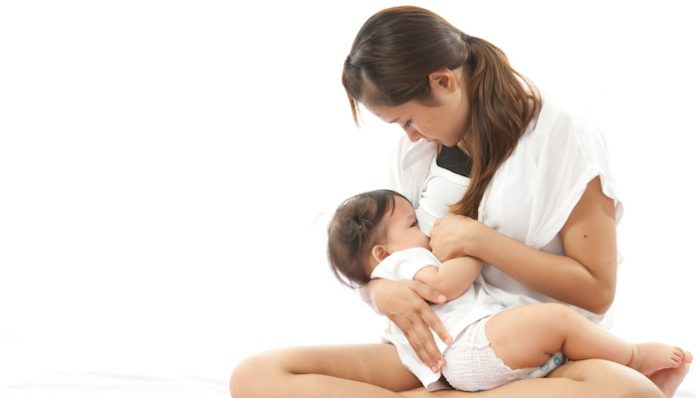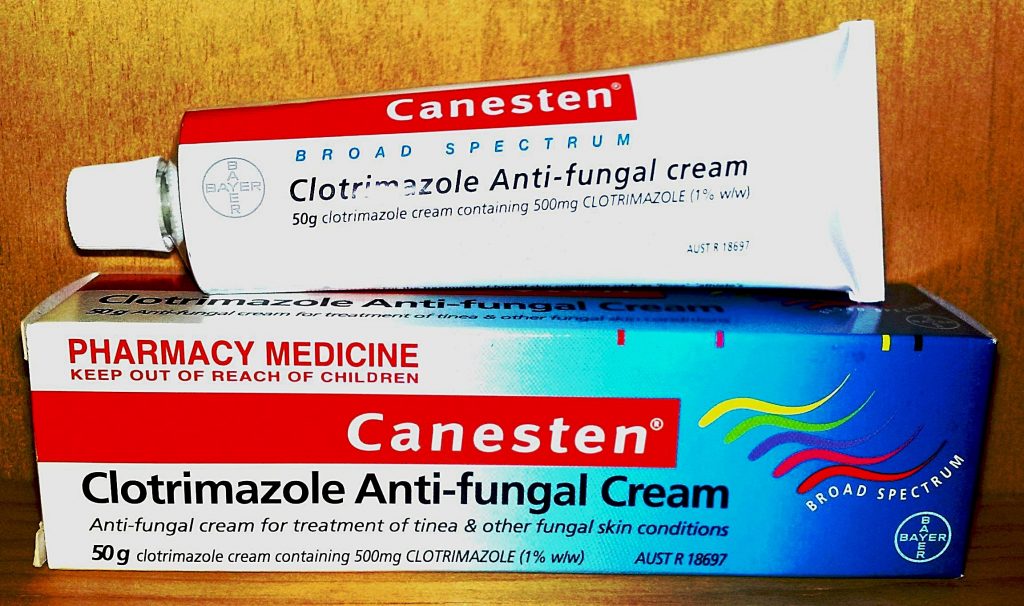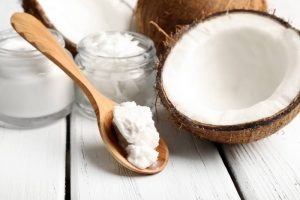
If you’re breastfeeding and your baby has oral thrush, you’re likely to get it on your nipples, too. This is basically an infection with the same fungus, candida albicans. If untreated, the infection can go back and forth between you and your baby, leading to repeated bouts of thrush.
In this article we’ll talk about the causes and symptoms of breastfeeding thrush, and we’ll give you an idea of the best treatment. As always, contacting your doctor as soon as you notice the first symptoms is essential for an easy and effective treatment.
Causes
The main cause of thrush is a fungus called candida albicans. This may be naturally present in your mouth, intestinal gut, and vagina. While normally it should be kept in balance by the rest of the organisms in your body, a number of factors may cause it to overgrow, thus leading to yeast infections.
If you’ve just become a mother, it’s possible that your baby got candida albicans at birth, when they came in contact with the candida colonies in your vagina. This doesn’t necessarily mean that the baby will get thrush immediately. However, milk residue or a cure of antibiotics may disturb the fragile balance in their mouth, and favor candida overgrowth.
As soon as that happens, breastfeeding babies may spread the infection to your nipples.
Symptoms
Common symptoms associated with this infection are red and sensitive nipples, shiny skin on the region around the nipples (the areola), deep pangs inside the breast and pain while breastfeeding.
Treatment: gels, drops and pills

Before discussing the ways to treat the infection, you need to remember that any medication will only kill the local candida albicans colonies. To prevent it from developing again, you need to make dietary changes that will favor healthy bacteria, while preventing candida albicans from overgrowing. You can read more about it here [link to thrush diet].
The most commonly prescribed medications are topically-applied solutions such as Nystatin drops or Canesten, or pills such as Diflucan (fluconazole). Other ointments may also be effective, such as Monistat 7, Lotrimin AF, or Micatin.
If you’re using gels or drops, make sure you apply the medication smoothly over your nipple and areola. You usually have to repeat the applications four times a day, allowing it enough exposure time. This means you’re best advised to do so immediately after breastfeeding, after you’ve cleaner the are thoroughly. You’ll also want to wash your nipples before breastfeeding, too.
Natural treatments
Natural ways to treat thrush are also pretty efficient, and you may want to try them out, especially if you’re already taking drugs for other conditions. Applying coconut oil will kill the fungus, as will bicarb soda in combination to vinegar.
As we’ve already mentioned, paying attention to your diet is just as important, and it may even heal your thrush. Probiotics such as unpasteurized yogurt and cheese will give you plenty of beneficial bacteria that will stave off candida albicans.
Another important thing that you need to take into account is that your breasts will need fresh air in order to discourage the fungus. Spend some time in the sunlight and you’ll notice the infection starting to heal better, as the candida colonies thrive in moist, damp places.
Conclusion
A thrush infection on your nipples can be pretty painful and it will make breastfeeding difficult. If you get it, you’ll want to treat it as soon as possible, while also making sure that you’re treating your baby, too. There’s plenty of treatments out there that you can try, and you’ll find the best one if you consult your doctor as soon as you notice the first symptoms. With proper care, you’ll soon get rid of your infection, and you’ll enjoy breastfeeding your baby as smoothly as ever.
Resources:
http://www.askdrsears.com/topics/feeding-eating/breastfeeding/common-problems/candida-yeast-infection-nipples
http://www.bellybelly.com.au/breastfeeding/nipple-thrush-treatment/
http://www.pumpstation.com/breastfeeding/help-library/thrush
http://www.breastfeedingonline.com/yeast.shtml#sthash.K3DeCIHn.dpbs
http://www.babycentre.co.uk/a8486/breastfeeding-and-thrush
http://www.nhs.uk/conditions/Oral-thrush—adults/Pages/Introduction.aspx

